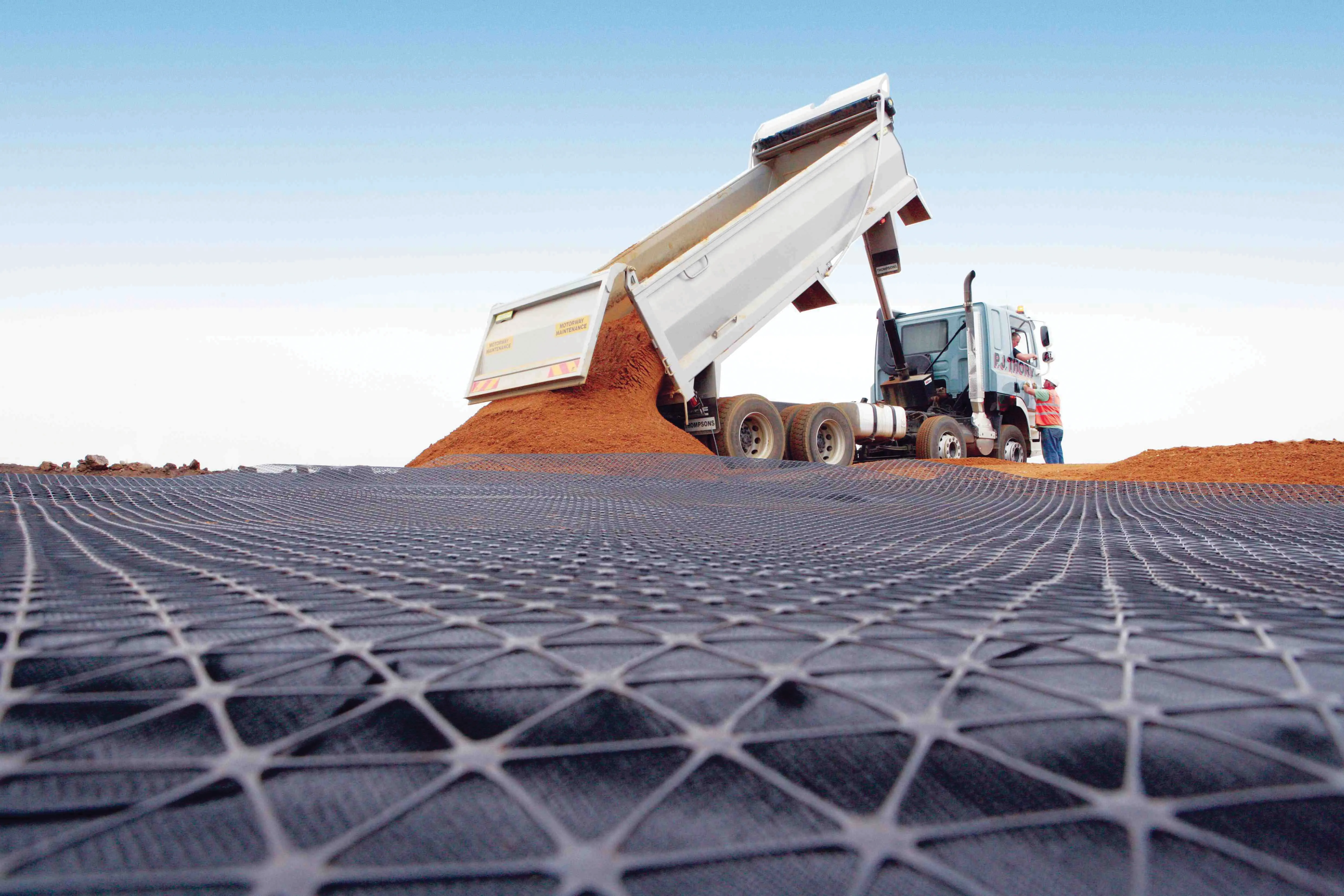French telehandler manufacturer Manitou reports good sales for its fourth quarter in 2015. The firm achieved sales of €333 million for its fourth quarter in 2015, an 8% increase over the same period in 2014. Meanwhile sales for the full-year were also up by 3% in 2015 at €1.287 billion compared with the full-year for 2014. The order intake for its equipment in the fourth quarter of 2015 hit €322 million compared with €298 million in the same period in 2014. And the order book at the end of the fourth quarte
February 2, 2016
Read time: 2 mins
French telehandler manufacturer 2106 Manitou reports good sales for its fourth quarter in 2015. The firm achieved sales of €333 million for its fourth quarter in 2015, an 8% increase over the same period in 2014. Meanwhile sales for the full-year were also up by 3% in 2015 at €1.287 billion compared with the full-year for 2014. The order intake for its equipment in the fourth quarter of 2015 hit €322 million compared with €298 million in the same period in 2014. And the order book at the end of the fourth quarter in 2015 stood at €299 million compared with €312 million in the fourth quarter of 2014.
Michel Denis, president and CEO of Manitou said, "The group experienced a very strong fourth quarter. European demand and business activity saw a strong increase throughout all regions especially in Russia which seems to have left its low point behind. France benefitted from a slightly improved business environment and the effects of new legislation on rental companies. Moreover we were able to increase our market shares in Europe. On the other hand, the sudden decline of the American rental market in Q3 lasted until year-end. Given these dynamics, the group closed the period with an order book more focused towards Europe.
“For 2016, we are expecting an increase in sales of around 2% which should be impacted by the staying power of the French and European markets, by the continued development of our services and product ranges and by increased uncertainty in the business activity of rental companies in North America."
Michel Denis, president and CEO of Manitou said, "The group experienced a very strong fourth quarter. European demand and business activity saw a strong increase throughout all regions especially in Russia which seems to have left its low point behind. France benefitted from a slightly improved business environment and the effects of new legislation on rental companies. Moreover we were able to increase our market shares in Europe. On the other hand, the sudden decline of the American rental market in Q3 lasted until year-end. Given these dynamics, the group closed the period with an order book more focused towards Europe.
“For 2016, we are expecting an increase in sales of around 2% which should be impacted by the staying power of the French and European markets, by the continued development of our services and product ranges and by increased uncertainty in the business activity of rental companies in North America."








